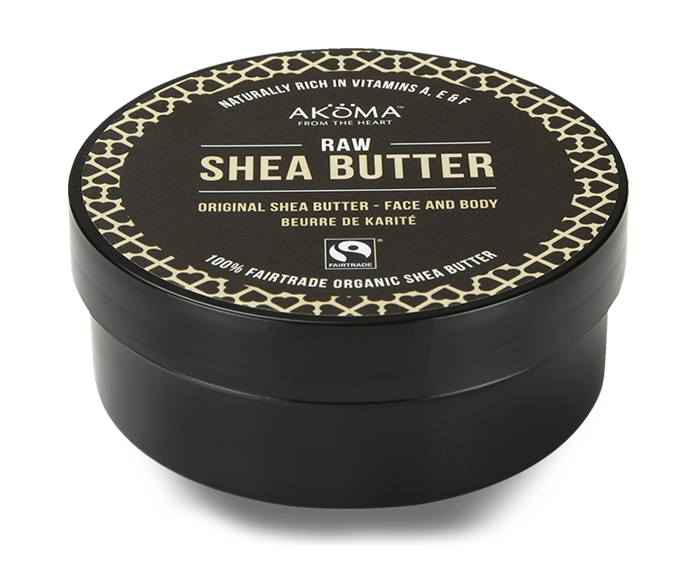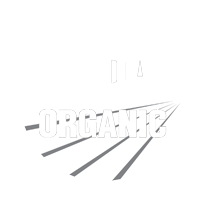
Shea butter is widely used as an ingredient in cosmetic and skincare products and is celebrated for its rich moisturising and healing properties. The use of shea butter within cosmetics and as a cooking oil dates back thousands of years, appearing in records from Ancient Egypt. Shea butter has been used in Africa for centuries as a healing ointment for skin conditions and to protect skin and hair against the harsh sunlight.
Today, shea butter is hailed as a skin superfood, the ultimate luxury beauty treat for your skin and hair. Raw shea butter is rich in essential fatty acids and vitamins A and E. These healing qualities make raw shea butter ideal for soothing and regenerating even the most sensitive of skins. So what is shea butter, and what makes shea butter so special?
Where Does Shea Butter Come From?
Shea butter is a natural fat extracted from the seeds of shea trees. Shea trees only grow in 19 countries across the dry savannah belt of West Africa and are extremely valuable to the communities that rely on the shea nuts as their main source of income. Shea nuts are traditionally harvested by women, who pass the ancient skill of shea butter production from mother to daughter. The nuts and the butter are sold to local and international markets where they are used as ingredients in food, soap and cosmetics.
How Is Shea Butter Made?
To create the butter the nuts are boiled dried and crushed, to remove the shell and husks. The kernels are then roasted and ground to a paste. Water is added, and the mixture is hand stirred until the fat content separates. This is removed and heated, causing the fat to melt and rise to the surface as oil. The oil cools to form a solid, flecked butter with a slightly grainy texture. The colour can range from yellow to cream, depending on the age of the nuts when they were harvested and whether the butter was whipped as it cooled to create a smoother texture.
While the process is laborious, this time-honoured technique is 100% natural and preserves the high nutritional value of the raw shea butter, without adding artificial chemicals or preservatives.
Types Of Shea Butter
The problem is that there are many different types of shea butter and each contains different levels of natural ingredients. In general, the more refined the shea butter, the lower the healing properties. So it is important to understand the definitions used for each grade of shea butter to help you choose the right type for your skin.
Shea Butter Definitions
There are four main types of shea butter product, suited to different uses. Many people prefer the scent of processed shea butter as a general moisturiser, whereas if you prefer a natural, chemical free healing product to treat skin conditions, an unrefined product is ideal.
- Raw or unrefined – This means only water has been used to extract the fat. Raw, unrefined shea butter contains the highest levels of antioxidants and beneficial fatty acids for your skin.
- Naturally refined – The shea butter is filtered using natural clay to remove the natural scent.
- Refined – Once stripped of colour and smell, refined shea butter often contains preservatives or artificial scents. Refined shea butter retains its moisturising properties but some healing antioxidants are destroyed during processing.
- Ultra-Refined – Chemicals such as hexane are used to extract higher quantities of shea butter from the kernels, or petroleum solvents are used to produce pure white shea butter for use in cosmetics.
In addition to the different grades of shea butter, there are also a wide variety of shea butter based products that incorporate other beneficial natural ingredients.
Shea Butter From Akoma
The Akoma Skincare range offers a choice of organic raw and naturally refined shea butter products to suit every preference. So, whether you’d like to create your own perfect blend using pure shea butter as a base, or try one of our enriching blends infused with healing oils and medicinal botanicals, Akoma can help you feel naturally beautiful every day.






